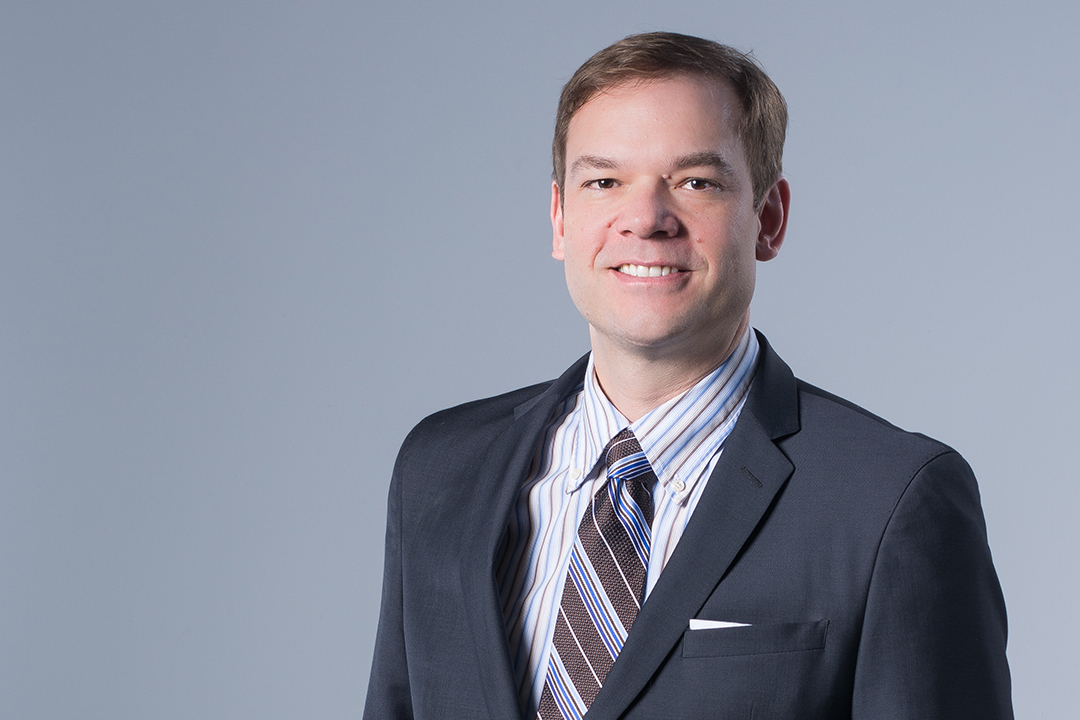Ahenakew, who graduated from the U of S with a Bachelor of Commerce in marketing in 1997, was appointed to the board in 2013 and took over as chair on July 1, 2016, replacing Greg Smith. Ahenakew recently spoke with On Campus News editor James Shewaga about his role and goals.
You have served on the board for three years and as the board chair since July 1. How comfortable are you now in the new role?
I’m quite comfortable. I had time to be well prepared, serving as vicechair for over a year. I’ve invested time in director training and attended the Canadian University Boards conference and served on boards since I was 23 and have chaired many meetings. Our board is a good size and we have the right skills, engaged board members, and a great leader in President Peter Stoicheff. That all helps me feel comfortable in my role.
What do you see as your main role as board chair?
A big part of my role is to ensure that we get input from both university administration and our key stakeholders in a frank discussion in order to come to the best decision possible to meet our goals. Understanding where board members are at on a given issue is a crucial part of the process so that everyone feels good about the decisions that we make. And as always, we need to be guided by the values and principles of the university as we make these decisions.
What would you consider to be the top priority for the board in the 2016-17 academic year?
The board is primarily responsible for property and revenues of the university, so the most important thing is always ensuring that we are making decisions that will ensure financial sustainability and provide the resources required to fulfil our strategic plan. We need to work even more closely with the province to find innovative financial solutions to ensure these tight economic times do not distract us from our academic and research mission.
What are some of the other major areas that you are looking forward to dealing with?
Indigenization is very important and a subject matter that is of personal and professional interest. I am a proud member of the Ahtahkakoop Cree Nation and have worked for more than 20 years in the field of corporate Aboriginal relations. I’m serving on the committee that will choose our first vice-provost Indigenous engagement, which is an important new position. The new mission, vision and values document, for which I served on the committee, makes bold statements for Indigenization which excites me. I’m also looking forward to facilitating the board’s input to the fourth integrated plan, which will be based on the vision document and determine how we will fulfil our future.
How important is it to continue to build on the university’s commitment to Indigenization and to Aboriginal achievement? Post-secondary has a key role to play in reconciliation as articulated by the final report of the Truth and Reconciliation Commission of Canada. The university is a leader in this area, and given our important position among Canadian universities we have an opportunity to do what we need to do to have an impact on the country, and even the world. So our ability to work with Indigenous people for the benefit of Indigenous communities, provincially and globally, is vital. This will fuel social good and sustainable economic growth.
Are there a couple of key agenda items coming up that people should know about?
There are many important agenda items, but none more in the public eye than the new ice facility, which has the potential to transform Huskie Athletics. We’re already leading the country with a unique Huskie Board of Trustees that provides the expertise needed to take our student-athletes and teams to the next level. With a new multi-purpose rink facility on the horizon, it is an exciting time for the Huskies.
The board went through some difficult decisions a few years ago, with the change in president. How comforting is it to have stable leadership at the top now under President Stoicheff?
In President Stoicheff we have a leader who inspires. His upbringing and career provide him with a balance between arts and humanities and the sciences that we need in a leader right now. Collaboration across disciplines is the key to innovation that will serve Saskatchewan in the things that are needed most. Peter is the president that can lead us to those solutions.
What is the biggest challenge facing the university over the next few years?
There is no one thing. The environment for universities has intensified in the last couple of decades with larger faculty, bigger budgets, information technology, increased scrutiny for public dollars, greater expectations by stakeholders, and a bright light on ethics and values. Combine that with deferred maintenance on buildings and squeezed operating budgets and government transfers. We really need to work with all parties to ensure that we maintain our increasing leadership position.
How excited are you about the direction the University of Saskatchewan is heading?
I burst green with pride when I think about it! We have the collaborative attitude, people, and research infrastructure to solve the world’s problems. We have a wide array of colleges and research infrastructure to do what no one else can do. That and we’re the most beautiful campus in Canada in the best city and province to live in. Really, what more could you ask for?
